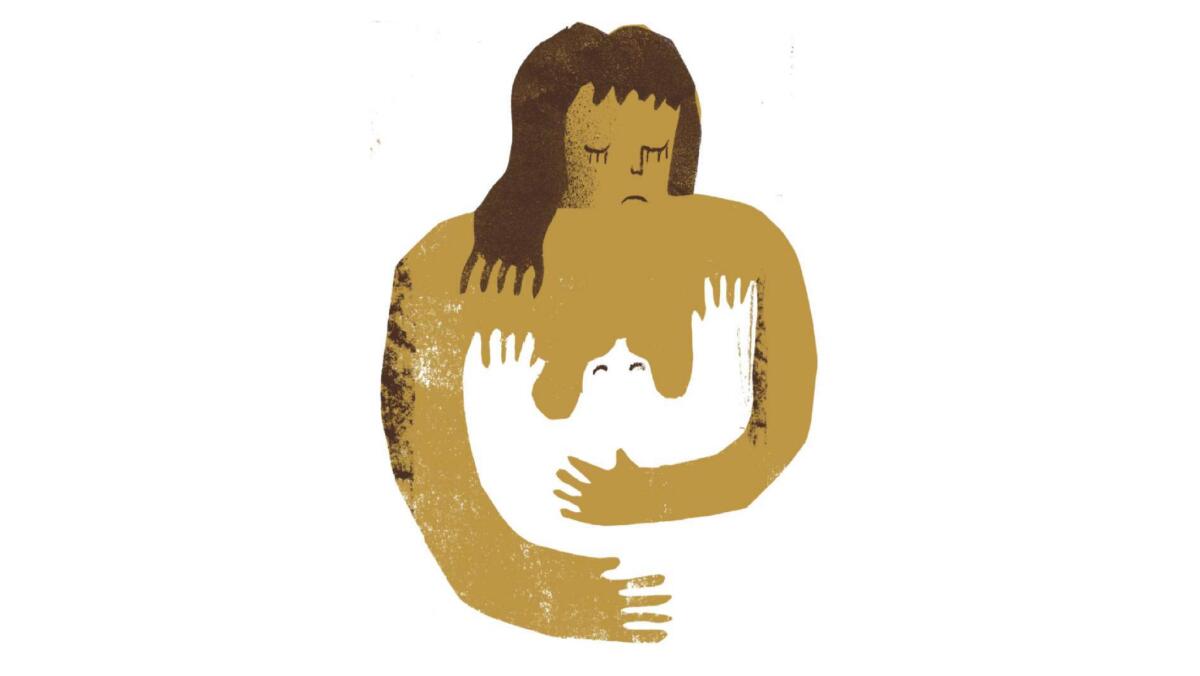Op-Ed: It’s time for California to compensate its forced-sterilization victims

- Share via
Last week, Virginia became the second state to compensate victims of one of the most shameful acts in U.S. history: state-sponsored forced sterilization. Virginia has agreed to give each surviving victim $25,000. North Carolina was the first to compensate its victims, setting aside $50,000 per individual in 2013. Now it’s time for California to compensate its sterilization victims.
The discredited pseudo-science of eugenics (meaning “well-born”) purported that certain traits such as intelligence and social behaviors are hereditary. Advocates believed that the same selective breeding theories applied to corn and cattle could also govern the intellectual and social characteristics of humanity. As a result, American bureaucrats and legislators eagerly implemented policies aimed at preventing those they deemed “undesirable” and “defective” from reproducing. The scheme promulgated that sterilization was a cost-effective way of relieving society of the burden of providing for the social welfare of the unfit and socially inadequate.
In 1909, California became the third state to pass — virtually without opposition — a forced-sterilization law. In 1913, state legislators amended the law to broaden its reach, seeking to target anyone with “mental disease, which may have been inherited and is likely to be transmitted to descendants.” What followed was the most zealous eugenics campaign in America.
From 1909 until its repeal in 1979, the Golden State coercively sterilized more than 20,000 of its citizens. Nearly a third of all the forced sterilizations in the United States were done in California. Various organizations were established to assist in ridding society of its costly subhuman defectives: the Eugenics Society of Northern California, the California Division of the American Eugenics Society, the Pasadena-based Human Betterment Foundation and others.
Other state legislatures followed suit and by 1924, 15 states had enacted similar sterilization laws.
Even Adolf Hitler took notice. In “Mein Kampf,” published in 1925, he celebrated the ideology. “There is today one state,” wrote Hitler, “in which at least weak beginnings toward a better conception [of citizenship] are noticeable. Of course, it is not our model German Republic, but the United States.” Hitler’s Reich deployed its own sterilization laws, nearly identical to those in the United States, within six months of taking power in 1933.
The U.S. Supreme Court ultimately weighed in on the issue. In Buck vs. Bell (1927), the court held 8 to 1 that the state, under its police powers, had the constitutional authority to segregate and systematically sterilize people to reduce the economic and societal burden they inflicted on the nation.
In the majority opinion, Justice Oliver Wendell Holmes Jr. wrote: “It is better for all the world, if instead of waiting to execute degenerate offspring for crime, or to let them starve for their imbecility, society can prevent those who are manifestly unfit from continuing their kind.... Three generations of imbeciles are enough.”
As Holmes’ words acknowledge, the intent of eugenical sterilization laws like California’s was not simply to deprive victims of children, but also to ensure that they and their posterity ceased to exist. It was the state-sponsored means of eradicating entire classes of people. It is only when the victim dies that the stated objective is accomplished.
California officially apologized to victims for its repugnant act in 2003. But just 10 years later, the state’s prison system was found to have been sterilizing dozens of female inmates without lawful consent. Has our thinking really changed? Defending the cost of such surgeries, one prison gynecologist said, “Over a 10-year period, that isn’t a huge amount of money … compared to what you save in welfare paying for these unwanted children — as they procreated more.”
Why isn’t an apology enough? Why reparations? Our laws are steeped in this common-sense principle. If a physician amputates the wrong limb, the only acceptable remedy is monetary compensation for the harm, not an apology. Even under California eminent domain laws, the state must pay fair market value for property the state takes. Should not sterilization victims be compensated for such an egregious governmental taking?
California certainly should not accept the self-deceptive notion that an apology is a sufficient remedy for a state-sponsored program that expressly sought to kill off its citizens. Virginia and North Carolina legislators were universally applauded for taking the imperative step of compensating their living victims. No amount of money would be adequate, but compensation provides a level of healing and forgiveness. Most important, it shows the victims that they matter, they have value and they are equally important to the community.
California was the third state to enact a forced sterilization law; it’s now time for California to be the third state to compensate its victims.
Mark G. Bold is the CEO of the Christian Law Institute, which advocated for victims of sterilization and lobbied for reparations in North Carolina and Virginia.
Follow the Opinion section on Twitter @latimesopinion and Facebook
More to Read
A cure for the common opinion
Get thought-provoking perspectives with our weekly newsletter.
You may occasionally receive promotional content from the Los Angeles Times.










